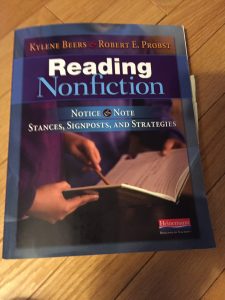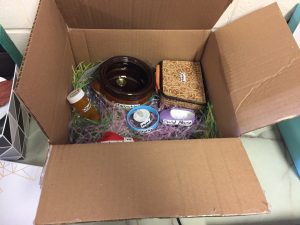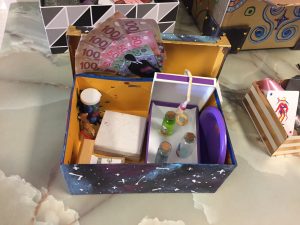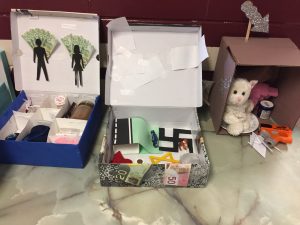
I’ve been enjoying reading Reading Nonfiction by Kylene Beers and Robert Probst. I participated in a book study of their earlier Notice and Note a couple of years ago and was excited to see them add this book to their canon.
One of the high-yield strategies that has entered my classroom because of the book is the question “What surprised you?” These three simple words have proven to be intensely powerful in getting my grade 7/8 students to talk about reading we’ve done in social studies, or current events we’re discussing. The question is a strong invitation for students to think about the topic, and leads to deeper thinking. As Beers and Probst state, students should “expect the text to offer something surprising.”
As I’ve been using the question after reading nonfiction texts, my students are beginning to naturally ask themselves the question before I do. I hope that this one question will help lead them to think more deeply about their reading, and to become questioners rather than consumers of the nonfiction in their lives.







